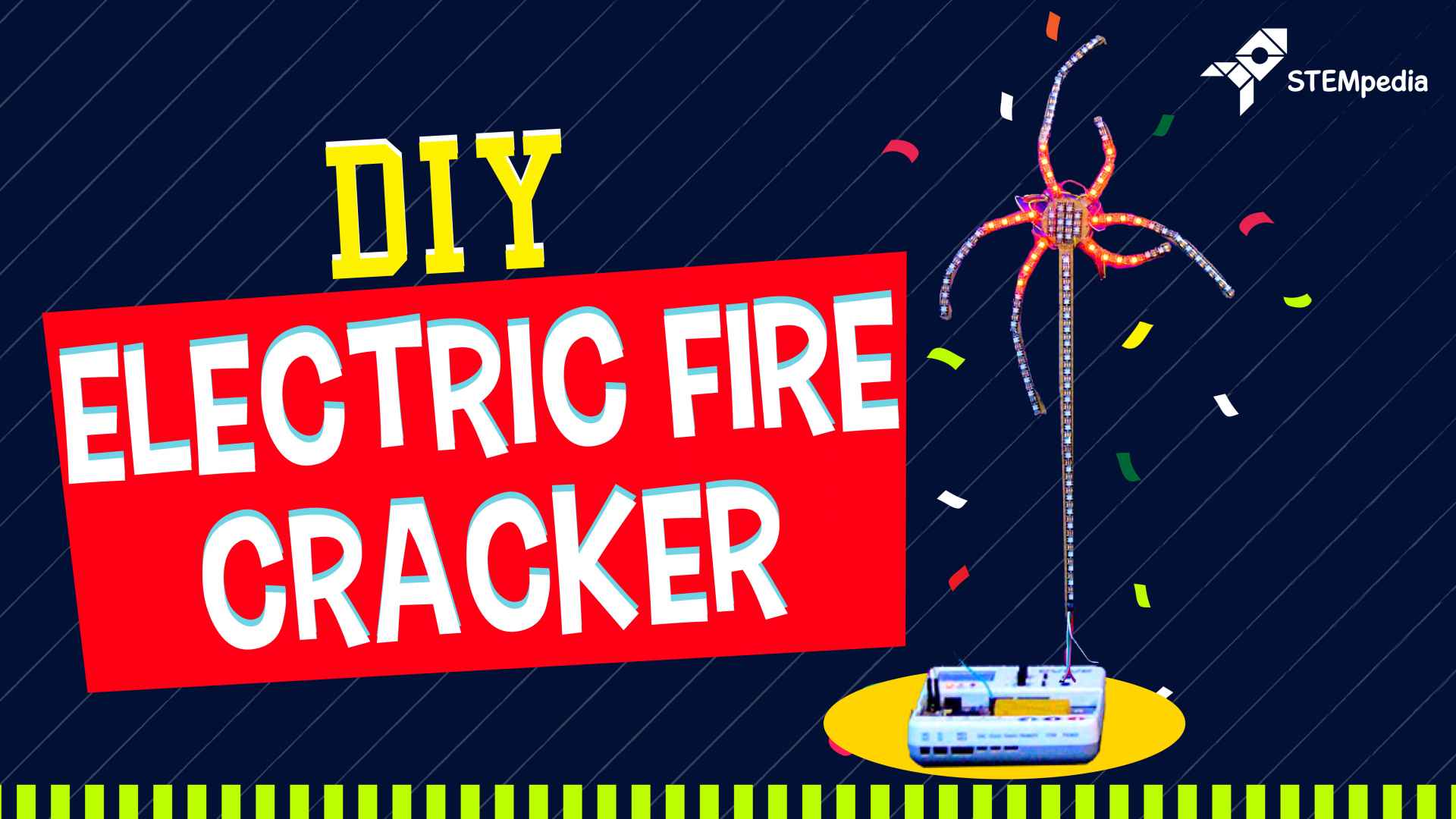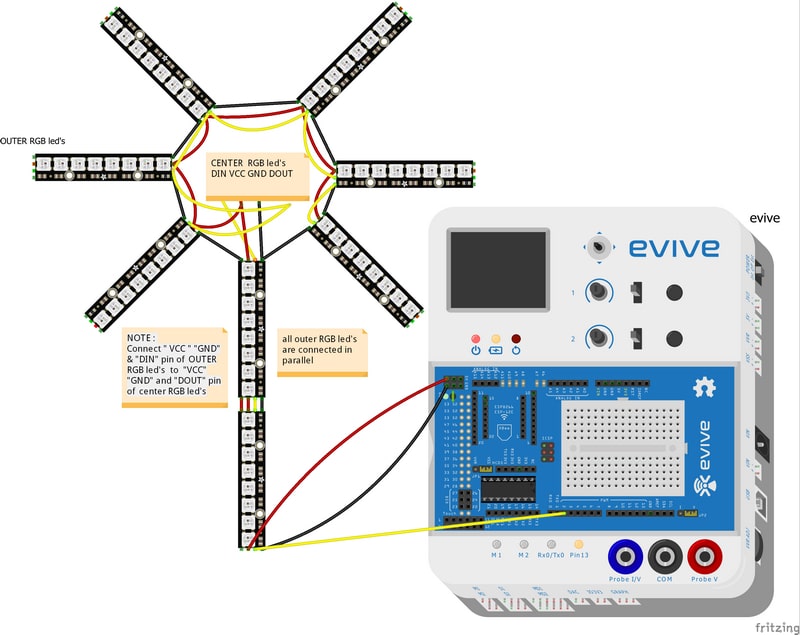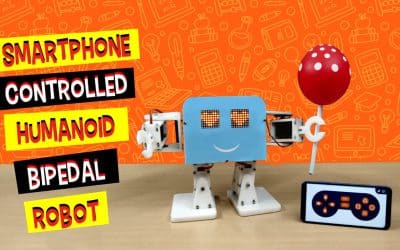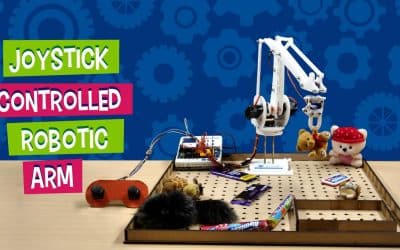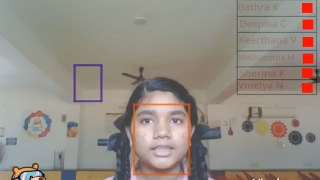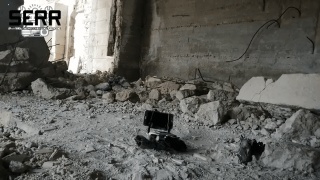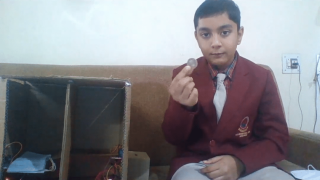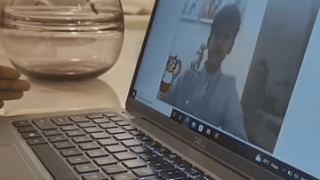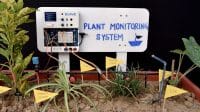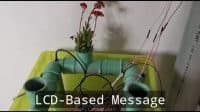Introduction
Swoosh! Bam! Sparkles!
Firecrackers are always the life of the party, be it Diwali, the Indian festival of lights, or New Year, or any other special family occasion. But with amusement and frolic, they also bring with them pollution and health issues. Not anymore.
Come in Electric Firecrackers: the smart and green way of celebrating those special moments! What is more, you don’t need to go shopping for them; you can make your own smart crackers at your home! If this doesn’t sound thrilling then what is?!
Get ready to make your very own DIY Eco-friendly Electric Firecracker and celebrate Diwali, New Year, and every other occasion the smart and green STEMpedia way!
Making
You already know how those fireworks go up in the air. There is a long trail of lights which goes up in the air and then disperses forming a beautiful pattern. Thus for the aerials, we are going to use cardboard for making the long trail and the dispersed pattern.
We have designed a similar pattern in parts on a cardboard.
We will take the cutouts of the cardboard.
Take the RGB Strip and cut it in the size of the pattern. Now, to the cardboard glue the RGB Strips.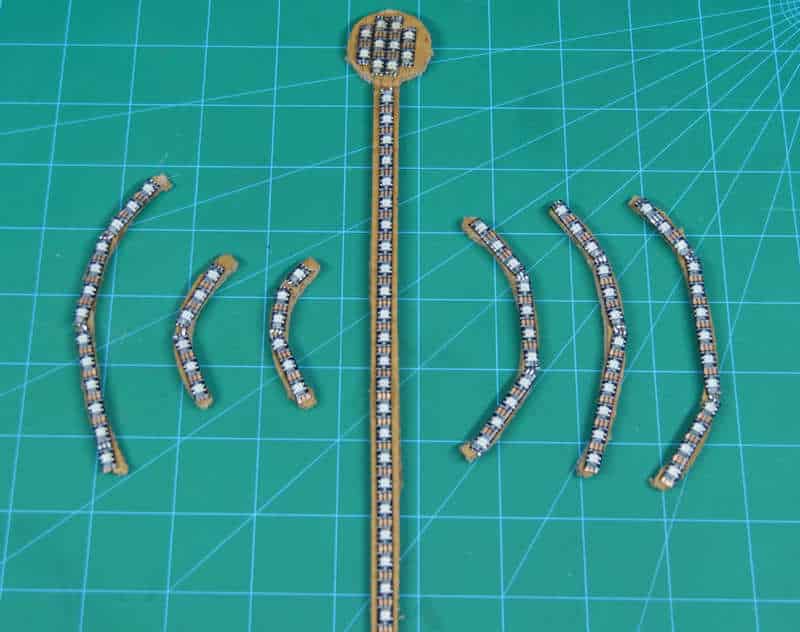
Now, glue all the cardboard pieces using Hot Glue in any pattern you want.
NOTE: We will be looking at the connections between the RGB Strip in the section below.
Thus, we have successfully assembled our very own electric firework.
Connections:
The main logic lies in the code and the connection of the project. The trail and the center are connected in series connections. Whereas, the outer trails or the dispersed patterns and the center are connected in parallel.
VCC, GND, and DOUT of the long trail are connected to the VCC, GND, and VIN of the center RGB.
The VCC and GND of central RGB are connected to VCC and GND of one of the strings of the outer RGB.
Then, the VCC and GND of each strip are connected to the next strip or so on.

The in the connections of the DIN and DOUT of the RGB should not be changed.
As we know, that the outer RGB is to be connected in parallel. The DOUT of the central RGB is connected to the DIN of each branch.
You have to make the connections by soldering them.

Make sure to solder under adult supervision. Be very careful while doing it.
The following image shows the connection:
NOTE: If you have space for more than one RGB Strip as we do, you can fit numbers of columns of RGB Strip. Then, VCC and GND can be connected as usual. But, the DOUT of the trail is to be connected to the first RGB Strip of the center. Whose DOUT is connected to the DIN of the next strip and so on. The DOUT of the last RGB Strip is the one that is to be connected to all the DIN of the outer RGBs.
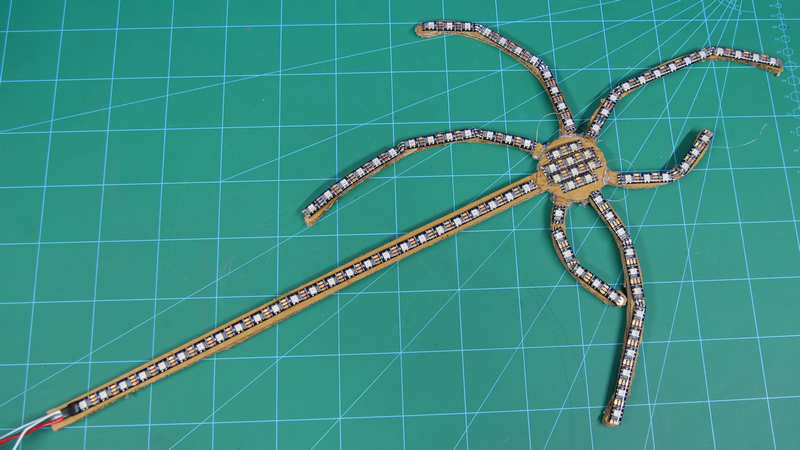
Code
The other important part is the code. We will be coding the cracker in such a way that the firework follows the pattern. The trail will be the first one to light up.
It is followed by the center lighting up.
Finally, each outer strip will light on simultaneously. Giving the effect of dispersed trails.
In order to make it more realistic, we have even programmed the inbuilt buzzer to sound like a forework.
Below is the code for same.

You can even customize it by adding as many outer strings as you want, you can even try a different pattern of the cracker, and most importantly, you can code for any color you want to.
Conclusion
With this, your DIY Eco-friendly Electric Firecracker is ready! Add sparkles and joy to your occasions the eco-friendly DIYer way.

